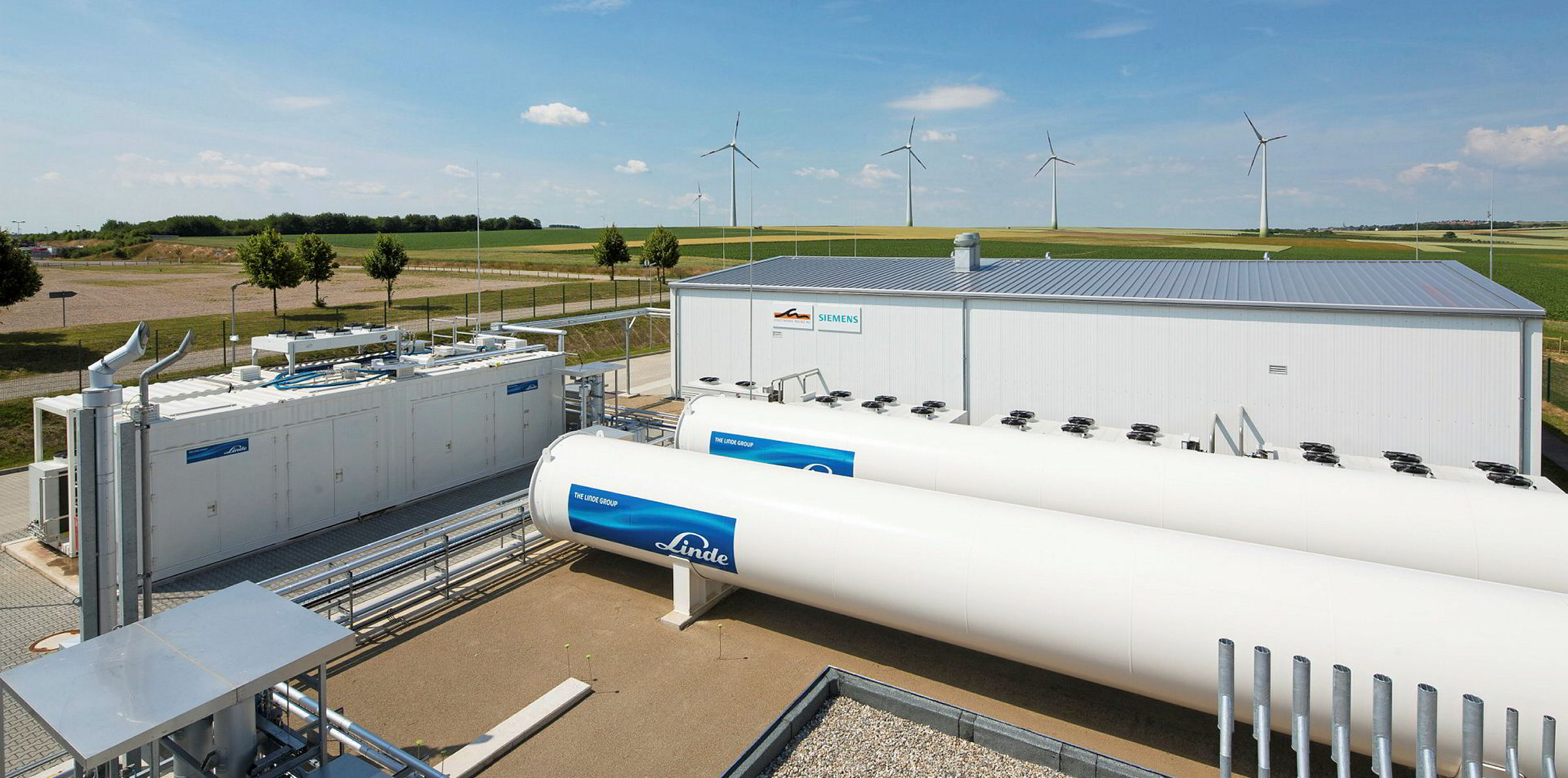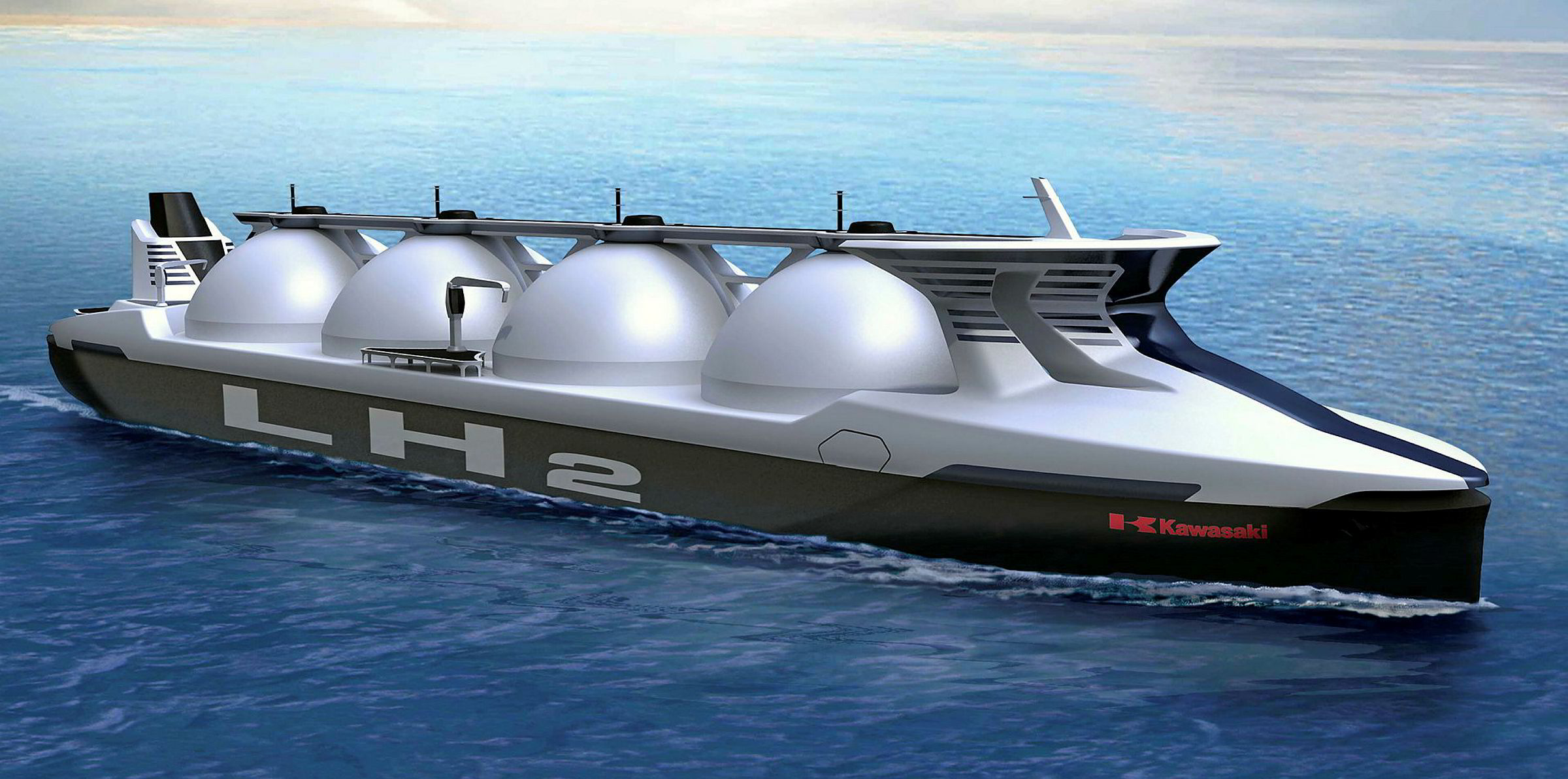The state of South Australia has announced plans to supply huge quantities of green hydrogen to Asian countries including Japan and South Korea, which have both said they want to import the emissions-free fuel at scale over the coming decades.
“Green hydrogen will fast move from being an alternative fuel to being a mainstream zero-carbon fuel, becoming increasingly cost-competitive with traditional generation,” said South Australia premier Steven Marshall as he unveiled the state’s Hydrogen Action Plan in Adelaide.
“We’ve heard loud and clear our traditional trading partners signalling their enormous ambitions for hydrogen and we want to deepen our existing relationships by together demonstrating and growing a hydrogen economy.”
South Korea’s hydrogen roadmap calls for an annual supply of 5.26 million tonnes of hydrogen by 2040, including the establishment of an “overseas production base to stabilise hydrogen production, import, supply and demand”.
Japan also plans to create a hydrogen economy based largely on imports of H2, with the use of the gas increasing from 200 tonnes to 300,000 tonnes by 2030, and the development of international hydrogen supply chains “including Australia”.
The International Energy Agency estimates that in 2030, it will be cheaper for Japan to import clean hydrogen from Australia than producing the gas itself.
Japan is also planning to unveil the world’s first liquid hydrogen carrier vessel, built by Kawasaki Heavy Industries, ahead of next year’s Tokyo Olympics.
Premier Marshall said that while other jurisdictions were looking at non-renewable hydrogen as a stepping stone to renewables hydrogen, South Australia is well placed to move straight to certified green hydrogen.
“We are ready to go on renewable green hydrogen and to develop a clean and safe hydrogen supply chain in South Australia,” he said.
There are four green-hydrogen pilot projects under way in South Australia, which together have received A$17m in government grants and A$25m in loans.
Sparsely populated South Australia currently gets about half of its electricity from wind and solar, and is on track to reach 90% renewables in the mid-2020s, before becoming a net green-energy exporter in the 2030s.
The state’s Hydrogen Action Plan is light on details, but includes five “action themes” to achieve its green-hydrogen ambitions that will be monitored by its Hydrogen Economy Steering Committee: 1) Facilitating investments in hydrogen infrastructure; 2) Establishing a world-class regulatory framework; 3) deepening trade relationships and supply capabilities; 4) Fostering innovation and workforce skills development; and 5) “Integrating hydrogen into our energy system”.


